Description
Flying Tigers P-40 Warhawks
Fly with the legendary Flying Tigers in this hand crafted P-40 Warhawk. Each model is crafted from wood and hand painted to provide a piece you’ll love.
The First American Volunteer Group (AVG) of the Chinese Air Force in 1941–1942, nicknamed the Flying Tigers, was composed of pilots from the United States Army Air Corps (USAAC), Navy (USN), and Marine Corps (USMC), recruited under presidential authority and commanded by Claire Lee Chennault. The shark-faced nose art of the Flying Tigers remains among the most recognizable image of any individual combat aircraft or combat unit of World War II.
The group consisted of three fighter squadrons of around 30 aircraft each. It trained in Burma before the American entry into World War II with the mission of defending China against Japanese forces. The group of volunteers were officially members of the Chinese Air Force. The members of the group had contracts with salaries ranging from $250 a month for a mechanic to $750 for a squadron commander, roughly three times what they had been making in the U.S. forces. While it accepted some civilian volunteers for its headquarters and ground crew, the AVG recruited most of its staff from the U.S. military.
The group first saw combat on 20 December 1941, 12 days after Pearl Harbor (local time). It demonstrated innovative tactical victories when the news in the U.S. was filled with little more than stories of defeat at the hands of the Japanese forces, and achieved such notable success during the lowest period of the war for both the U.S. and the Allied Forces as to give hope to America that it might eventually defeat the Japanese. AVG pilots earned official credit, and received combat bonuses, for destroying 296 enemy aircraft, while losing only 14 pilots in combat.[1] The combat records of the AVG still exist and researchers have found them credible.[2] On 4 July 1942 the AVG was disbanded. It was replaced by the 23rd Fighter Group of the United States Army Air Forces, which was later absorbed into the U.S. Fourteenth Air Force with General Chennault as commander. The 23rd FG went on to achieve similar combat success, while retaining the nose art on the left-over P-40s.
VG fighter aircraft came from a Curtiss assembly line producing Tomahawk IIB models for the Royal Air Force in North Africa. The Tomahawk IIB was similar to the U.S. Army’s earlier P-40B model, and there is some evidence that Curtiss actually used leftover components from that model in building the fighters intended for China.[9] The fighters were purchased without “government-furnished equipment” such as reflector gunsights, radios and wing guns; the lack of these items caused continual difficulties for the AVG in Burma and China.
The 100 P-40 aircraft were crated and sent to Burma on third country freighters during spring 1941. At Rangoon, they were unloaded, assembled and test flown by personnel of Central Aircraft Manufacturing Company (CAMCO) before being delivered to the AVG training unit at Toungoo.[10] One crate was dropped into the water and a wing assembly was ruined by salt water immersion, so CAMCO was able to deliver only 99 Tomahawks before war broke out. (Many of those were destroyed in training accidents.) The 100th fuselage was trucked to a CAMCO plant in Loiwing, China, and later made whole with parts from damaged aircraft. Shortages in equipment with spare parts almost impossible to obtain in Burma along with the slow introduction of replacement fighter aircraft were continual impediments although the AVG did receive 50 replacement P-40E fighters from USAAF stocks toward the end of its combat tour.
AVG fighter aircraft were painted with a large shark face on the front of the aircraft. This was done after pilots saw a photograph of a P-40 of No. 112 Squadron RAF in North Africa,[11] which in turn had adopted the shark face from German pilots of the Luftwaffe’s ZG 76 heavy fighter wing, flying Messerschmitt Bf 110 fighters in Crete. (The AVG nose-art is variously credited to Charles Bond[12] and Erik Shilling.) About the same time, the AVG was dubbed “The Flying Tigers” by its Washington support group, called China Defense Supplies.[13] The P-40’s good qualities included pilot armor, self-sealing fuel tanks, sturdy construction, heavy armament, and a higher diving speed than most Japanese aircraft – qualities that could be used to advantage in accordance with Chennault’s combat tactics.[14] Chennault created an early warning network of spotters that would give his fighters time to take off and climb to a superior altitude where this tactic could be executed.[15]
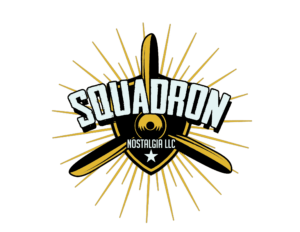
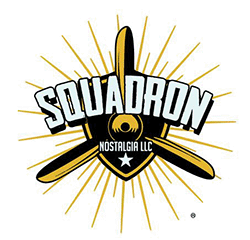
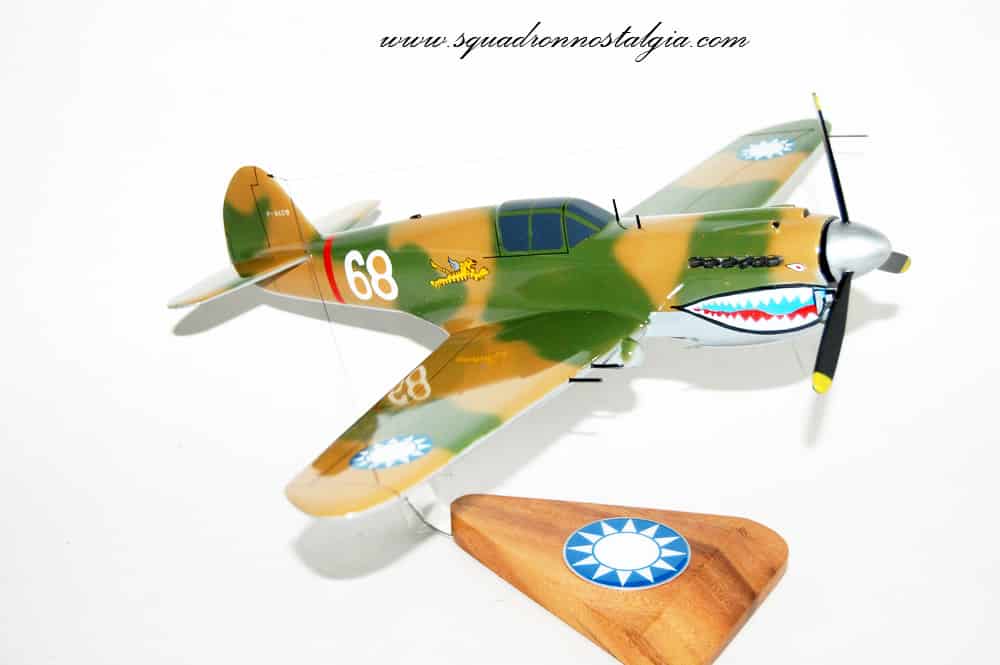

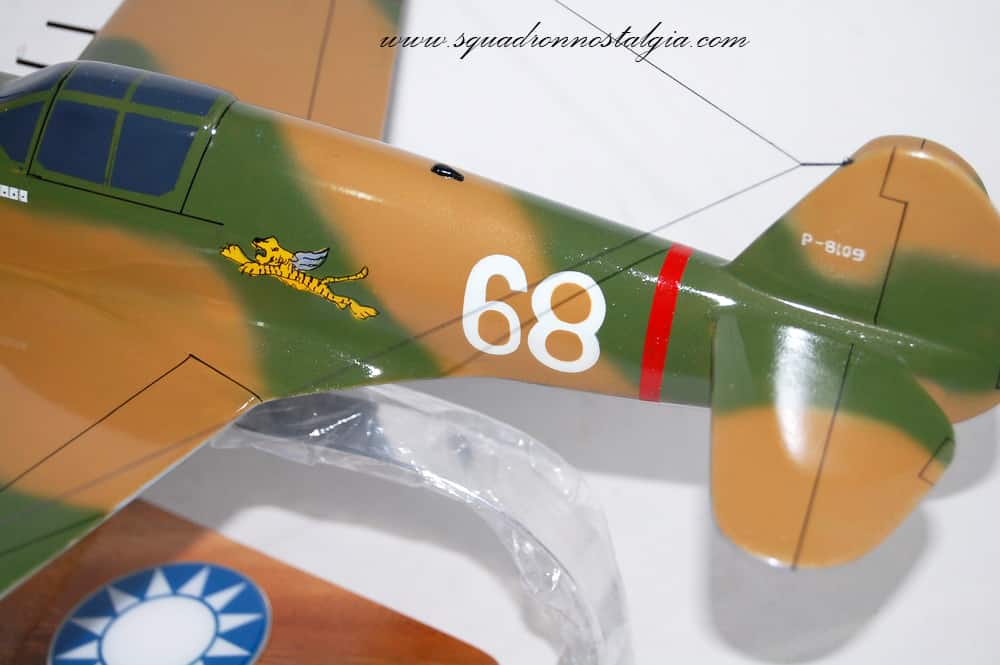
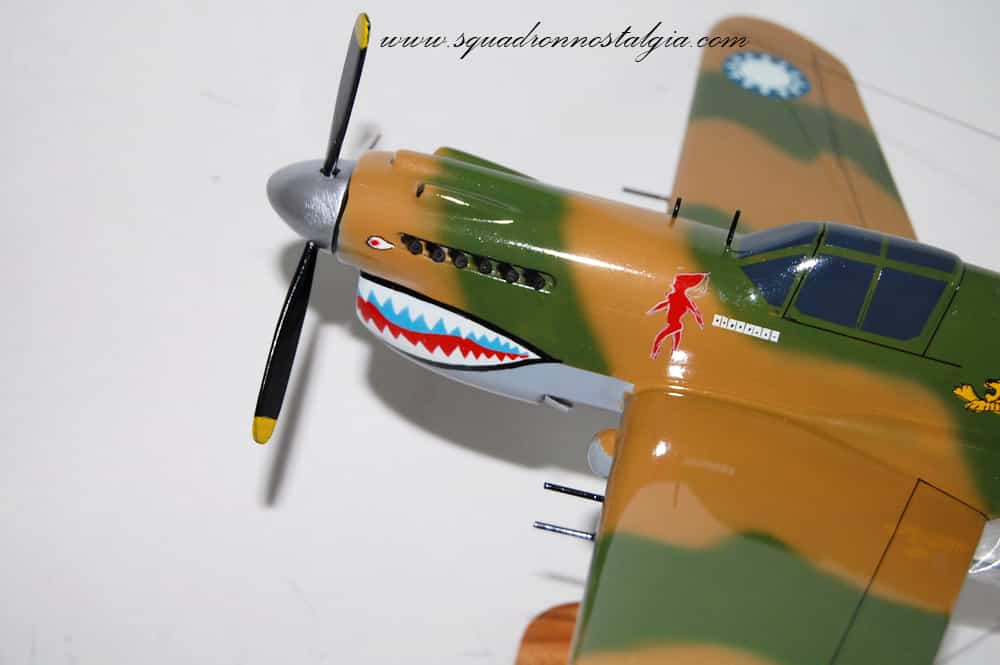


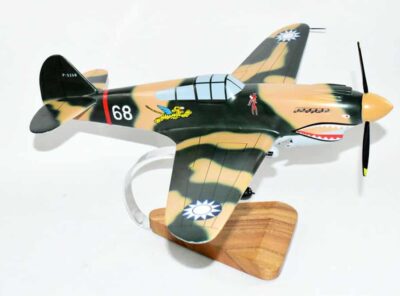
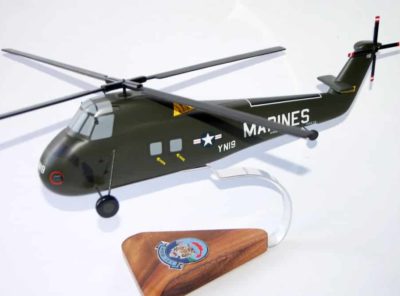
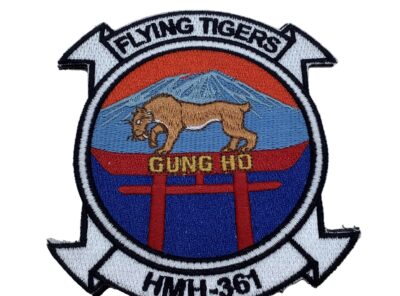
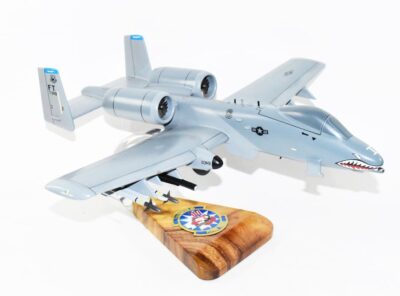
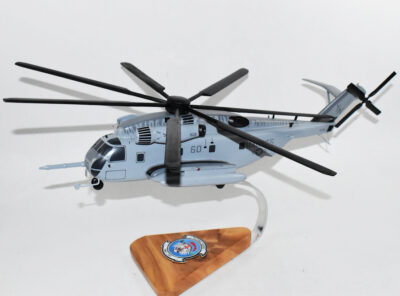
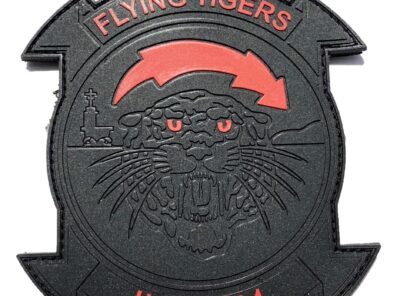
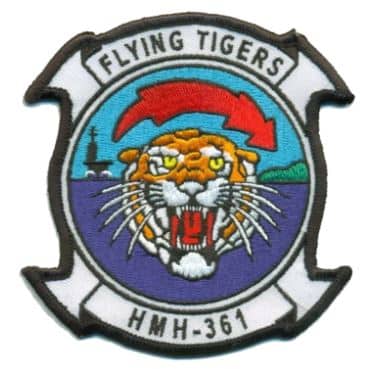
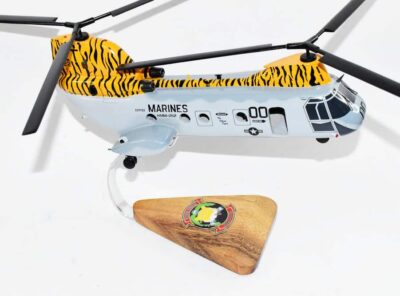
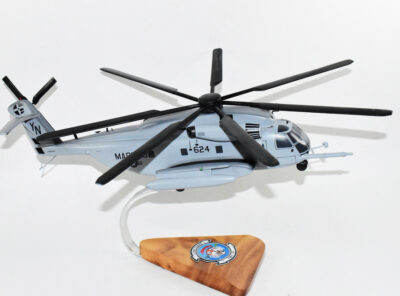
Reviews
There are no reviews yet.